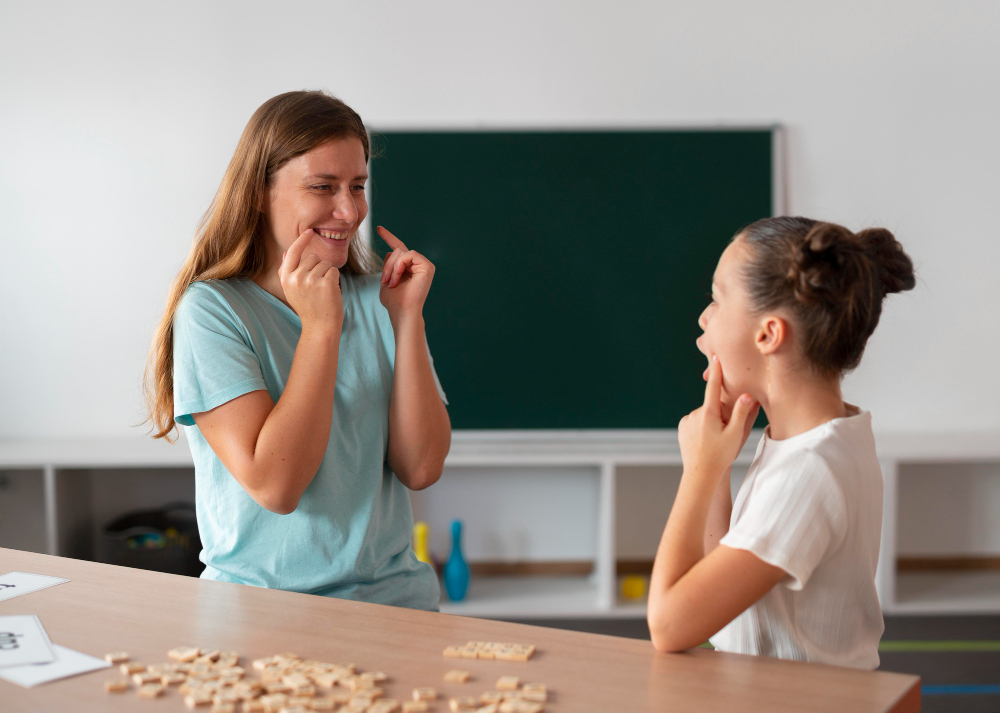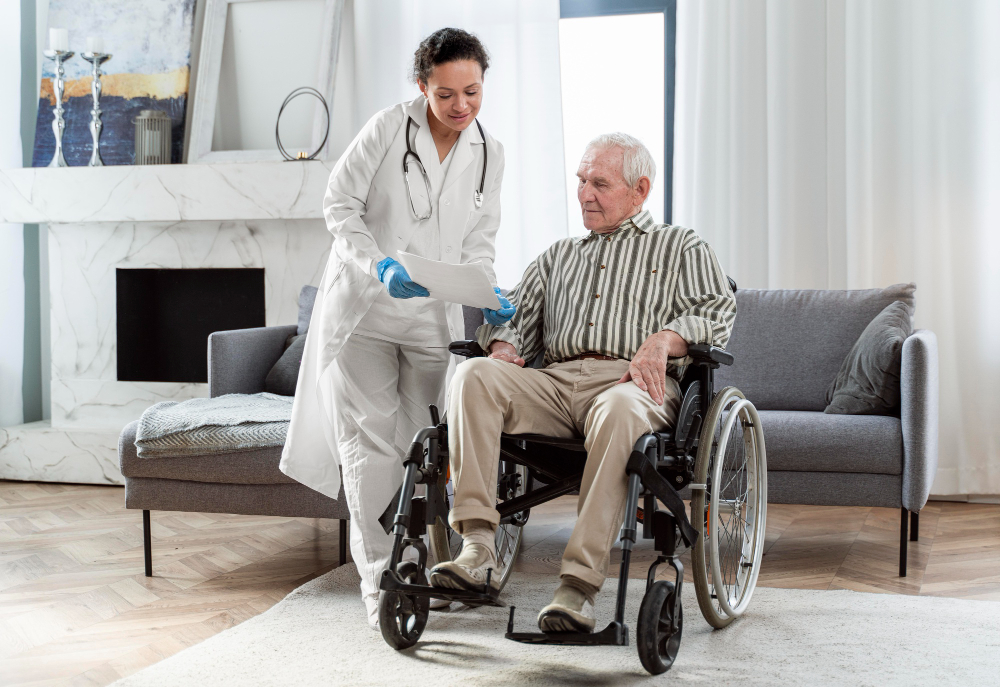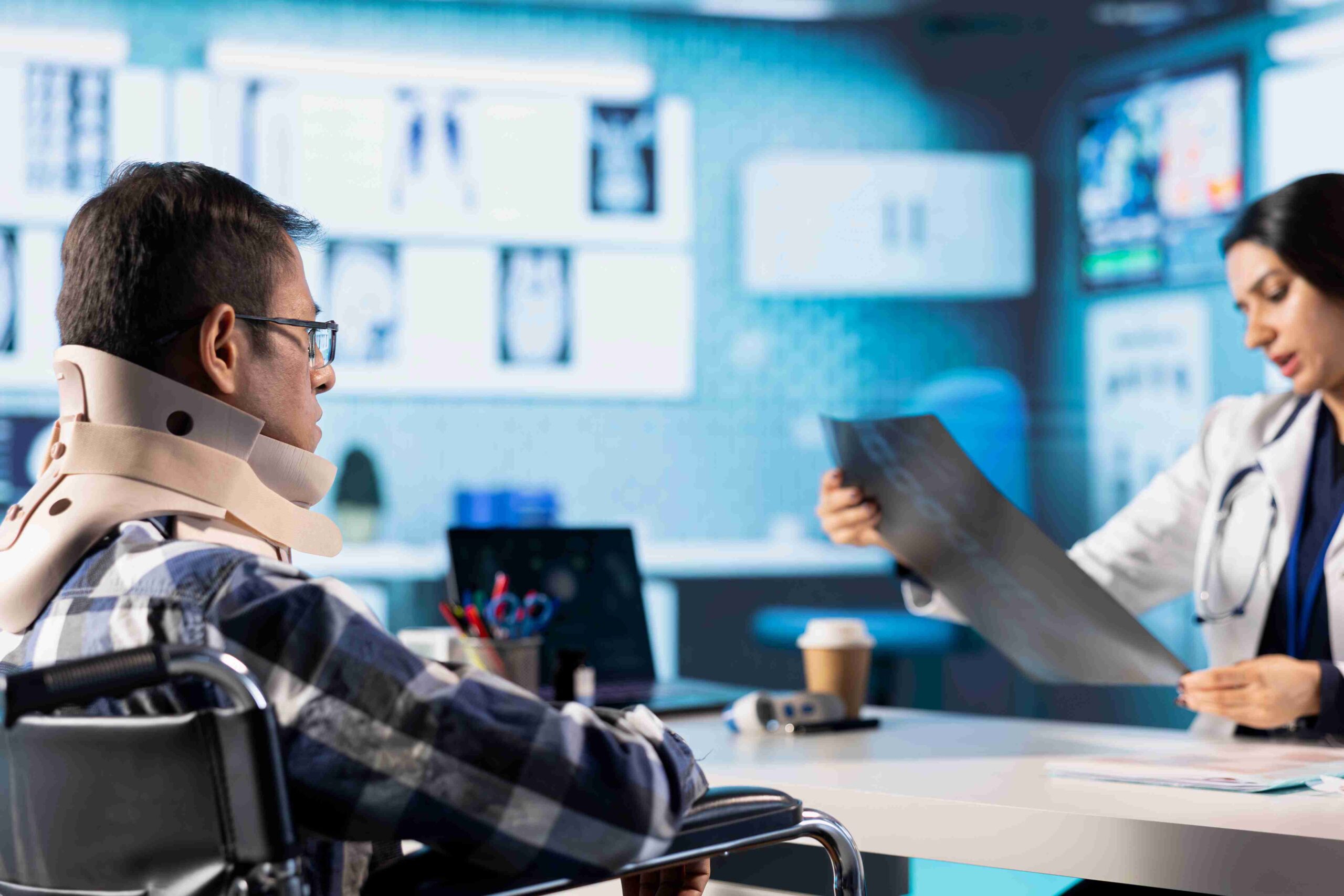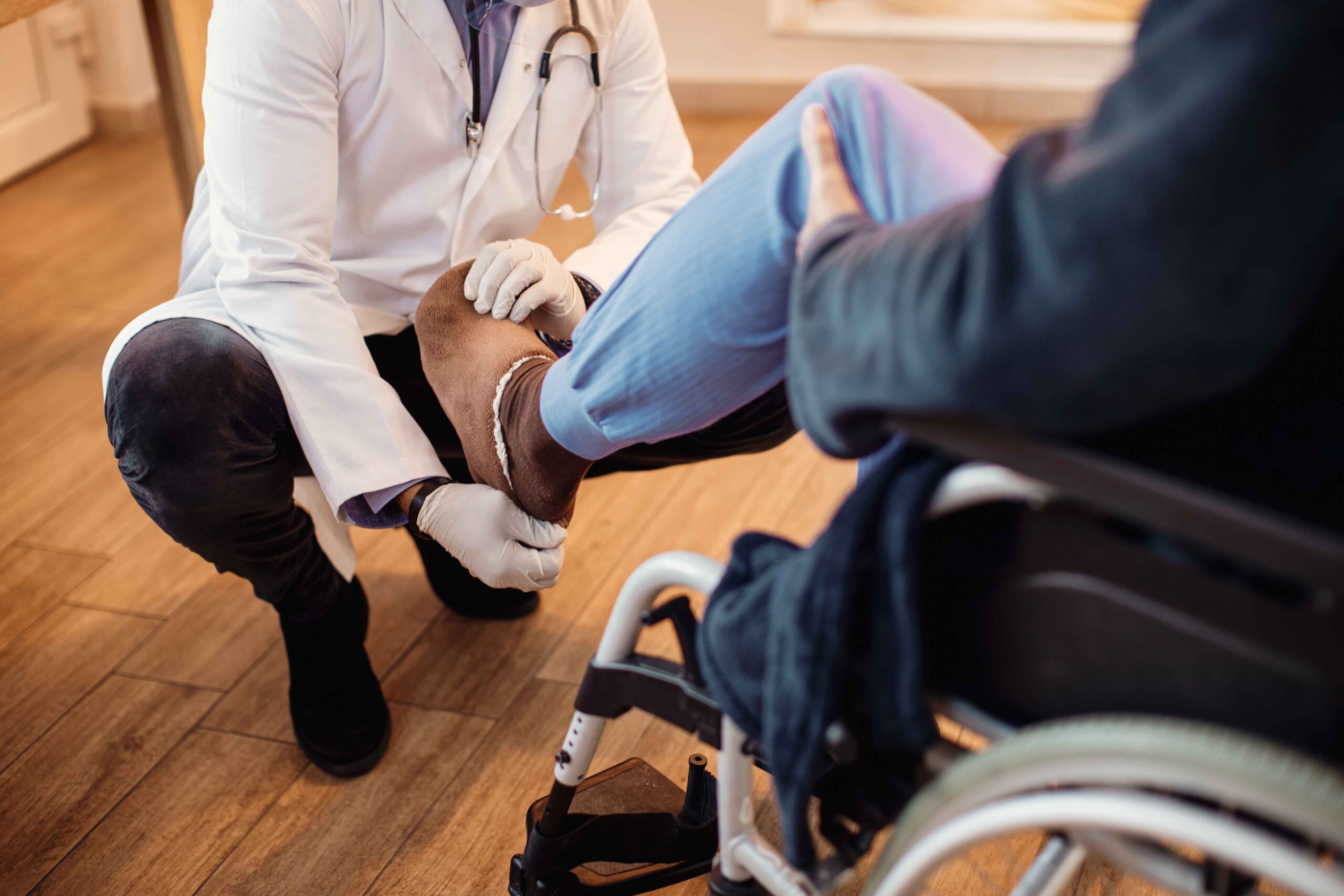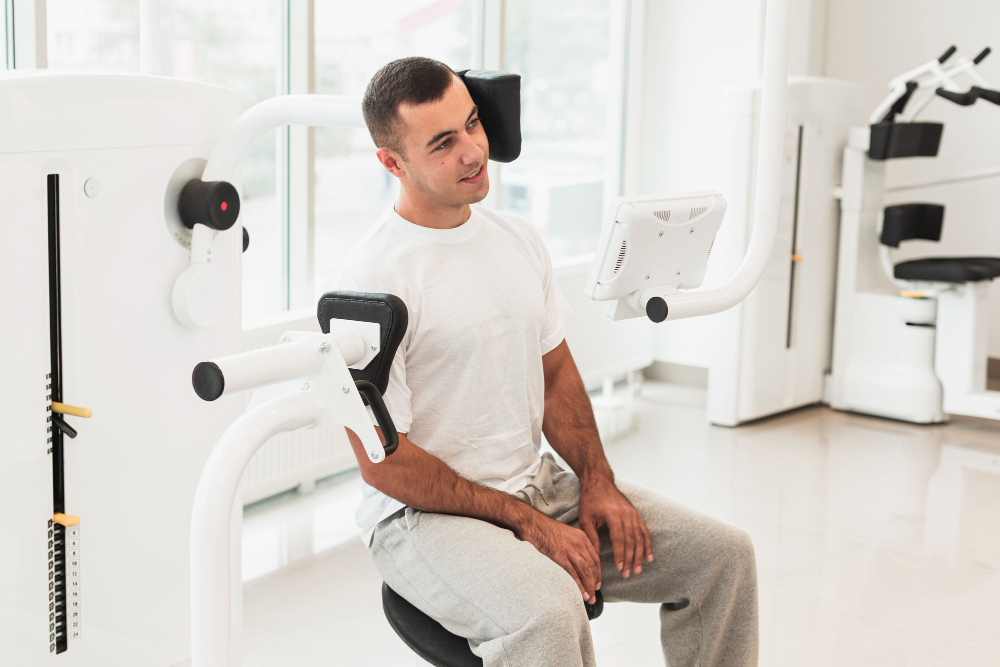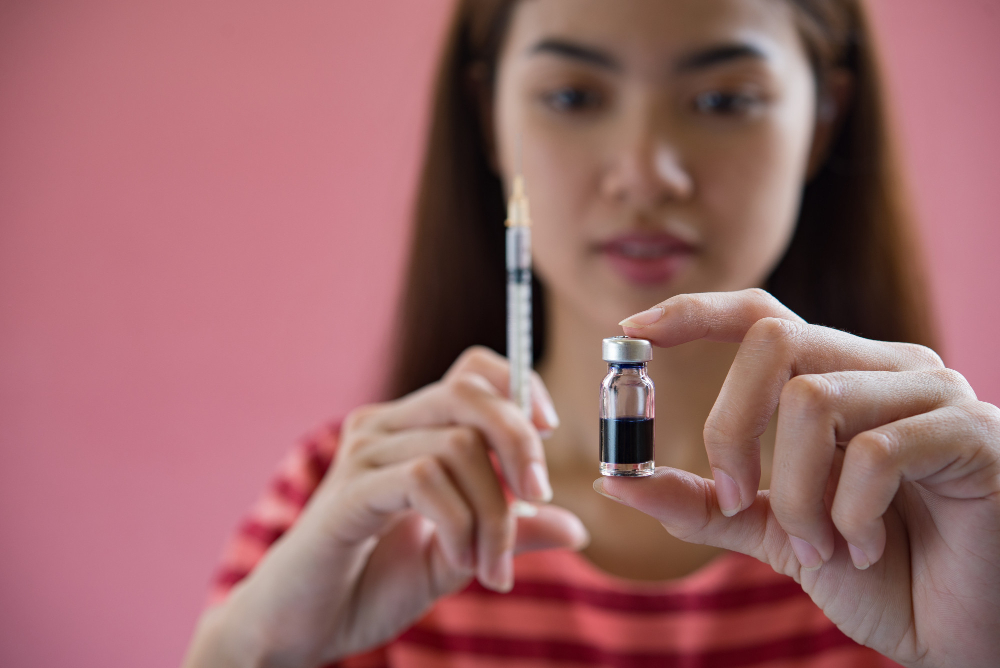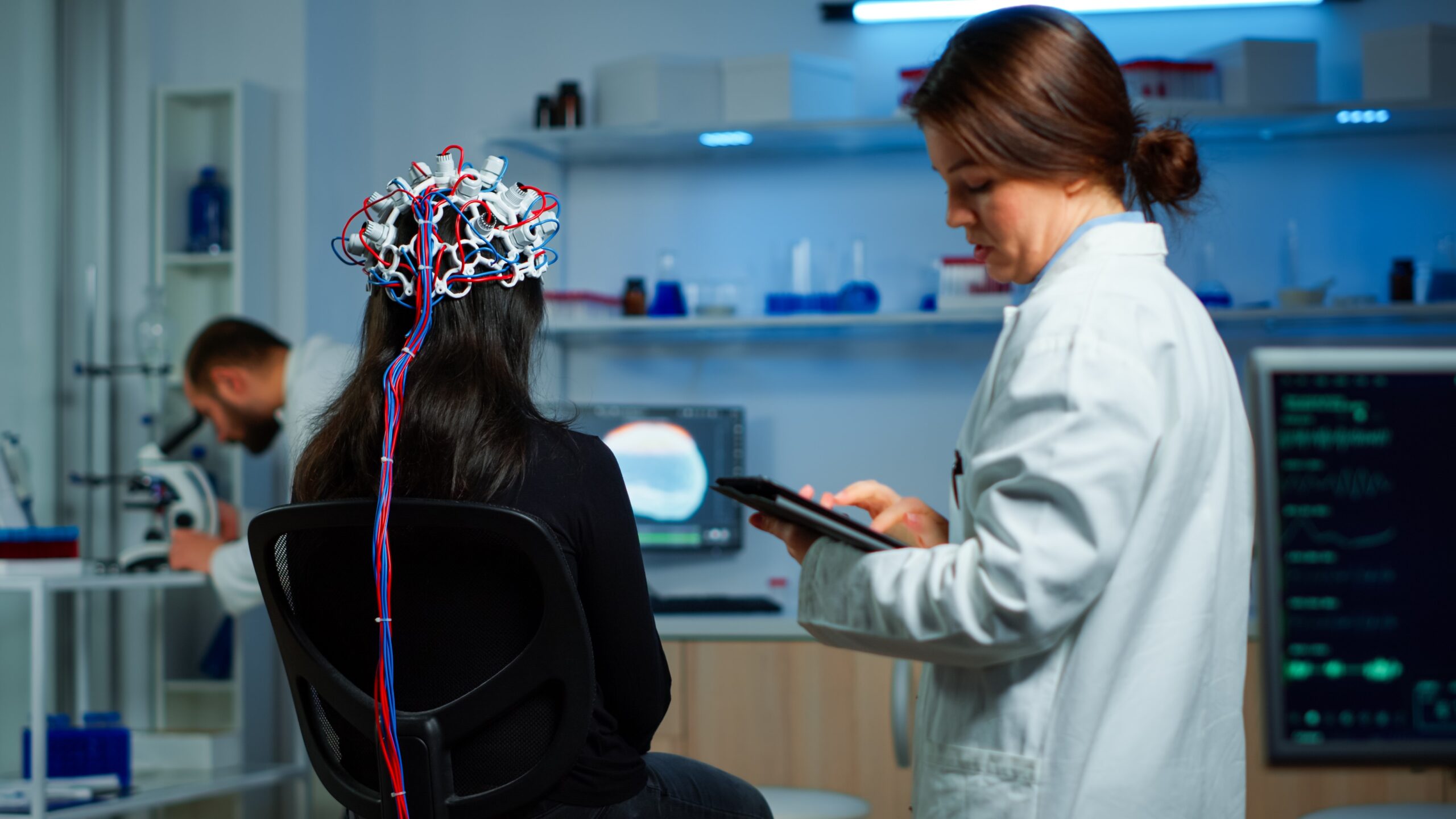
Last updated on by MRC
Stroke continues to be one of the leading causes of disability worldwide, leaving many patients with impaired motor functions, reduced mobility, and cognitive challenges. Traditional physiotherapy has long been the mainstay of stroke recovery, but with the advent of technology, robotics in stroke rehabilitation is setting new benchmarks in neuro-rehabilitation therapy. Robotics is no longer a futuristic concept—it’s a present-day solution that is improving lives and restoring independence.
Unlike manual therapies that may vary with each session, robotic therapy for stroke ensures highly controlled, repeatable, and precise movements. This consistency is crucial for neuroplasticity—the brain’s ability to reorganize itself by forming new neural connections.
Repetition is vital in stroke rehab. Robotic systems can guide patients through thousands of movement cycles per session, something that is nearly impossible to achieve manually. This high-intensity training accelerates recovery and enhances motor learning.
These advanced systems provide immediate visual and sensory feedback, motivating patients and helping therapists monitor progress more effectively. Data-driven insights also allow for continuous therapy adjustments.
Robotic systems are adaptable. They can be calibrated to match each patient’s needs, providing optimal support or resistance. Whether a patient is in the early stages of recovery or undergoing advanced gait training, the therapy remains highly personalized.
Also Read – Robotics-Assisted Therapy: The Future of Rehabilitation
This therapy helps stroke survivors relearn walking patterns. The robotic exoskeleton supports the patient’s legs and guides them through natural gait cycles. Over time, it helps rebuild muscle memory and improve balance.
These devices support arm, wrist, and hand movements. Through interactive games or exercises, patients can regain fine motor skills, improve coordination, and rebuild strength in the upper extremities.
These focus on specific points of contact (such as the hand or foot) and guide movement from there, offering a more natural interaction compared to exoskeletons. They are especially effective in early-stage recovery.
Kolkata is steadily emerging as a hub for advanced medical care, and several Stroke Rehabilitation Centres in Kolkata now offer robotics-integrated therapy. These centers not only enhance the recovery process but also offer hope and confidence to patients and their families.
At MRC (Medical Rehabilitation Centre), we believe that healing is both a science and an art. As one of the leading Stroke Rehabilitation Centres in Kolkata, we have adopted advanced robotic systems that support neuroplasticity, improve patient engagement, and fast-track recovery.
Our robotics-assisted programs include:
The integration of robotics in stroke rehabilitation is not just a technological leap—it’s a transformative shift in how we view recovery and care. At MRC, we combine clinical expertise with robotic innovation to deliver outcomes that matter. If you or a loved one is seeking advanced robotic therapy for stroke, trust MRC to be your partner on the journey to recovery.
Experience the future of neuro-rehabilitation; visit MRC, where every step forward is powered by science, compassion, and hope.

